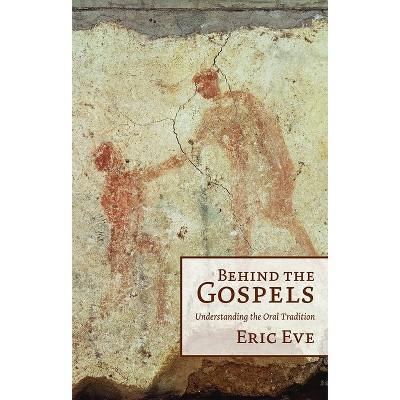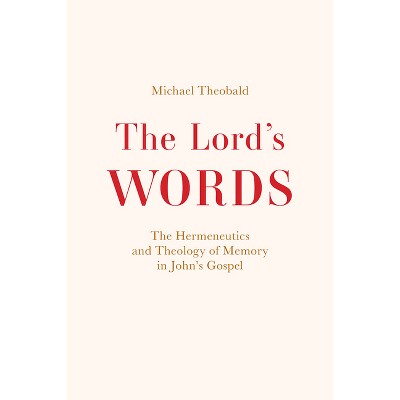Sponsored

The Hypothesis of the Gospels - by Ian N Mills (Hardcover)
Out of Stock
Sponsored
About this item
Highlights
- The gospels were not the only books in antiquity to retell the same story.
- Author(s): Ian N Mills
- 206 Pages
- Religion + Beliefs, Biblical Studies
Description
About the Book
The gospels were not the only books in antiquity to retell a traditional story. Readers of the gospels drew on an existing model for pluriform literature to make sense of the different versions of Jesus's life. This paradigm explains the compositional behavior of the evangelists and early traditions about gospel origins.Book Synopsis
The gospels were not the only books in antiquity to retell the same story. Ancient readers had their own language for describing works that retread the same narrative ground. Different versions of a story were imagined as sharing a narrative core, called a hypothesis. Early Christian readers adopted this conceptual model in order to describe gospel literature, legitimize its pluriformity, and limit its diversity. Even before the term hypothesis appeared explicitly, however, readers imagined gospels in roughly the same way. Christians did not radically reimagine the literary character of gospels at the end of the second century, when hypothesis language first appeared. Rather, the components of this model are already present in the earliest evidence for the reception of gospels. The standard model for thinking about pluriform narrative traditions in Hellenistic literary culture shaped the production and interpretation of gospel literature from the very beginning.
Shipping details
Return details
Trending Non-Fiction











